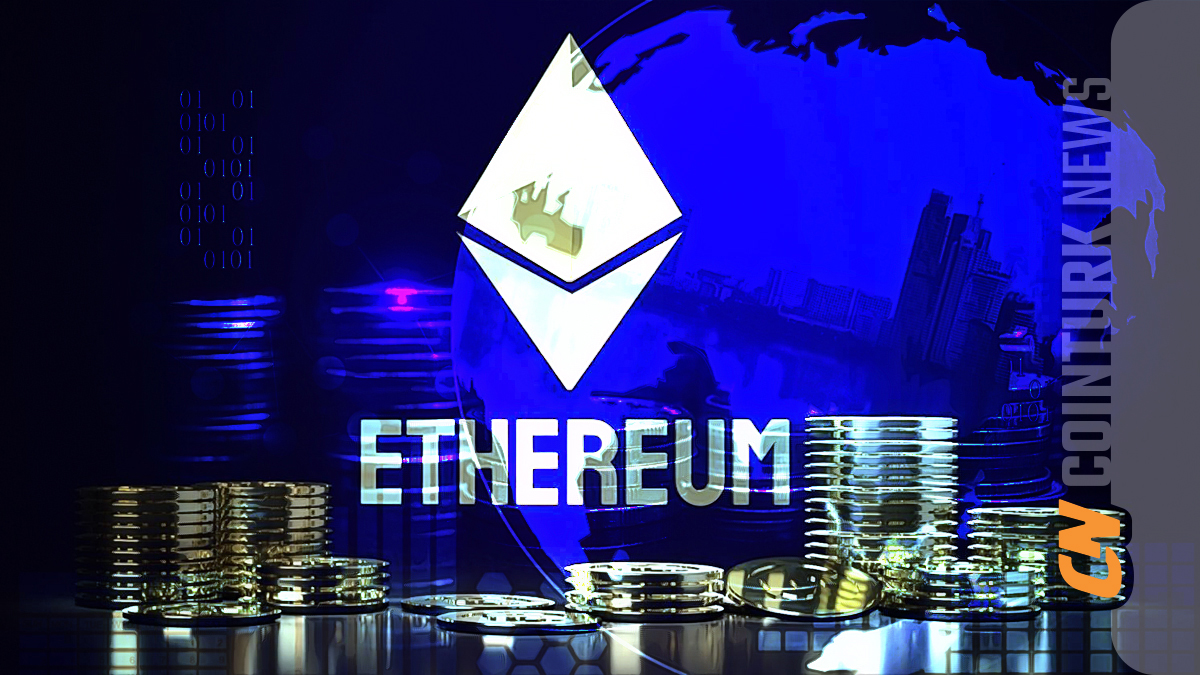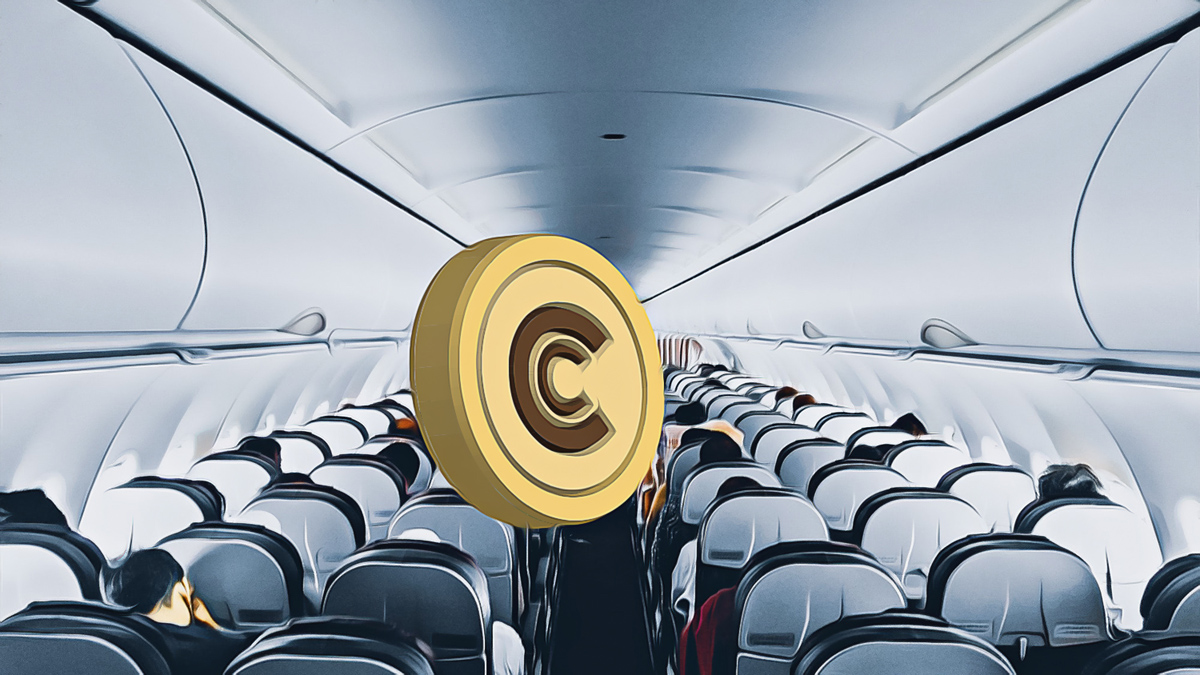Recently, in 2017, Bitcoin Cash (BCH) was created by separating from the Bitcoin (BTC) Blockchain, and its second block reward halving has occurred. With this block reward halving, the reward amount given to miners per block on the Bitcoin Cash Blockchain was reduced by 50%, from 6.25 BCH to 3.125 BCH. The second block reward halving of Bitcoin Cash marks a significant milestone for the network, following the first halving on April 8, 2020, which reduced the reward from 12.5 BCH to 6.25 BCH per block.
Bitcoin Cash Shows Strength Before Block Reward Halving
As the block reward halving approached, BCH experienced a notable 32% price increase over the last 30 days. However, at the time of writing, the price of BCH has decreased by 3% in the last 24 hours, trading at $606.21.

Along with the price retracement, both the market value and the 24-hour trading volume of BCH showed a slight decline, falling by 3% and 14.10% respectively, to $11.95 billion and $1.15 billion.
The block reward halving and the potential outcomes have sparked discussions among investors and miners about the future of Bitcoin Cash. There was a notable increase in the network’s overall hashrate until the halving, peaking at over 8 exahash per second (EH/s) on April 1st and then stabilizing around 3.78 EH/s. This fluctuation reflects miners’ efforts to adapt to lower rewards and remain profitable in the evolving environment.
Network Update Scheduled for May
In addition to the block reward halving, Bitcoin Cash is preparing for a significant update in mid-May, aiming to introduce an adaptable block size limit. With this update, the block size of the Bitcoin Cash network will be adjustable based on the average size of recent blocks. This will minimize the network’s vulnerability to spam attacks and reduce transaction costs.
As indicated in the Gitlab repository, the transition from manual block size adjustments to automatic, real-time changes is expected to have positive effects on network incentives.

 Türkçe
Türkçe Español
Español









